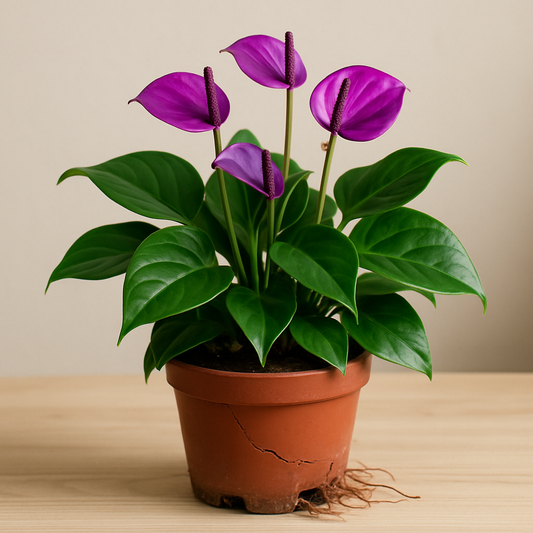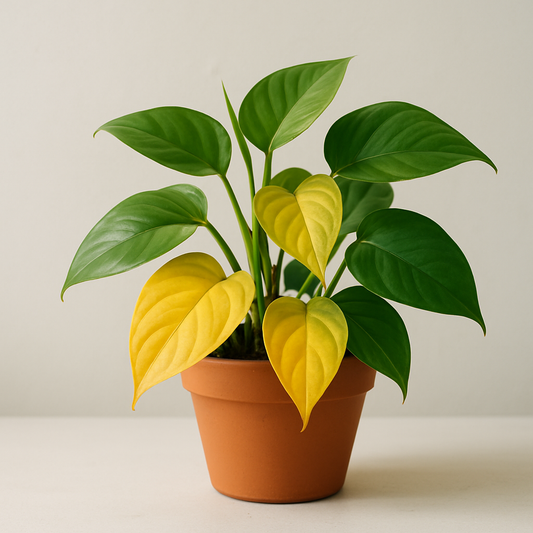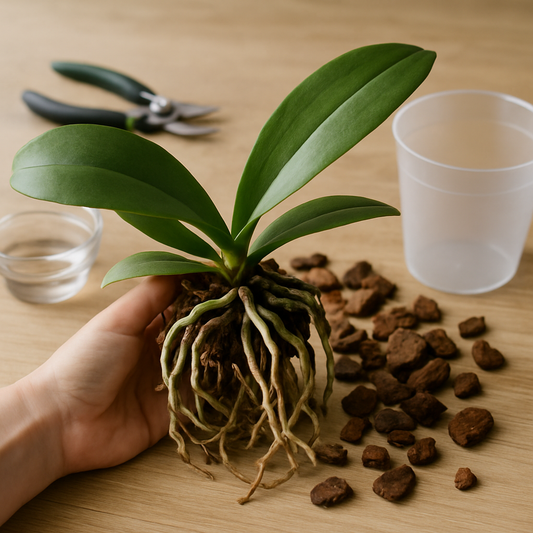Imagine turning a single leaf into a thriving new plant—sounds like magic, right? With leaf cuttings, this incredible process is not only possible but also accessible to gardeners of all levels. Leaf cutting propagation is a fascinating and cost-effective way to multiply your plant collection, allowing you to grow new plants from leaf cuttings with minimal effort. In this comprehensive guide, we’ll explore the science behind leaf cuttings, the different types, a step-by-step process to get started, suitable plants for this method, and the many benefits it offers. Whether you’re a beginner or a seasoned gardener, you’re in for a rewarding journey!
Leaf cuttings are a unique plant propagation method that involves using a single leaf or a section of a leaf to create an entirely new plant. This technique, often referred to as leaf cutting propagation, harnesses a plant’s natural ability to regenerate through adventitious buds—special growth points that develop in unexpected areas of the plant. Unlike stem cuttings, which already have buds ready to grow, leaf cuttings must form both new roots and shoots to become a complete plant (source). However, it’s important to note that not all plants are suited for this method. Many will simply root or decay without forming a new plant. This limitation means you’ll need to choose the right species for success, as the process depends on the plant’s ability to regenerate fully (source). When done correctly with compatible plants, though, leaf cuttings can be remarkably effective and rewarding.What Are Leaf Cuttings and How Do They Work?
There are several approaches to types of leaf cuttings, each suited to specific plants and conditions. Understanding these methods will help you choose the best technique for your favorite greenery. Let’s dive into the main categories below.Types of Leaf Cuttings for Plant Propagation
Leaf-Petiole Cuttings
This method involves taking a leaf along with 1 to 1.5 inches of its petiole—the stem-like structure attaching the leaf to the plant—and inserting the petiole into a growing medium. Over time, new plants form at the base of the petiole (source). Plants that thrive with this technique include:
- African violets
- Peperomia
- Episcia
- Hoya
- Sedum
- ZZ plant (source)
Whole-Leaf Cuttings
For some species, propagating with an entire leaf is enough to regenerate a new plant. This straightforward method doesn’t require intricate cuts, making it ideal for beginners. Suitable plants include:
- Sinningia (also known as Gloxinia)
- African violet (Streptocarpus syn. Saintpaulia)
- Peperomia (source)
Part-Leaf Cuttings
Incredibly, some plants can grow from just a small section of a leaf. This method is perfect for maximizing propagation from limited material. Plants well-suited for part-leaf cuttings are:
- Streptocarpus
- Sansevieria
- Eucomis
- Sinningia
- Begonia masoniana
- Begonia rex hybrids (source)
Succulent Leaf Propagation
Succulents are a favorite for succulent leaf propagation due to their high success rates and ease of care. Simply remove a healthy leaf, let it callus over, and place it on a suitable medium to encourage rooting. Popular succulents for this method include:
- Kalanchoe
- Echeveria
- Crassula (including jade plants)
- Various Sedum species (both tender and hardy) (source)
Ready to try propagating plants with leaf cuttings? This beginner-friendly guide will walk you through the process, from timing to aftercare, ensuring your success every step of the way.Step-by-Step Guide to Propagating Plants with Leaf Cuttings
Best Time to Take Leaf Cuttings
The ideal time to take leaf cuttings is early spring to early summer, as plants are in active growth and more likely to root successfully. That said, many houseplants can be propagated year-round, especially in controlled indoor environments (source; source).
Materials You’ll Need
Before you start, gather these essentials:
- A healthy parent plant with firm, undamaged leaves
- Clean, sharp cutting tools (scissors or a knife)
- Appropriate rooting medium (like potting mix or perlite)
- Small pots or propagation trays
- Optional: rooting hormone to encourage growth
How to Take and Plant Leaf Cuttings
Here’s a detailed breakdown of how to take leaf cuttings, focusing on the widely used leaf-petiole method (source):
- Select a Healthy Leaf: Choose a firm, healthy leaf from the parent plant. Avoid damaged or diseased leaves.
- Cut with Petiole: Using a clean tool, cut the leaf with 1 to 1.5 inches of petiole attached.
- Apply Rooting Hormone (Optional): Dip the cut end of the petiole into rooting hormone to boost root development.
- Insert into Medium: Place the petiole end into a moist rooting medium, ensuring it’s secure but not buried too deep.
- Maintain Conditions: Keep the medium moist (not soggy), provide indirect light, and maintain a warm temperature (around 70-75°F or 21-24°C).
- Monitor Growth: Wait for new plantlets to form at the petiole’s base, which can take several weeks to months depending on the plant.
For whole-leaf, part-leaf, or succulent cuttings, adjust the cutting style accordingly. For instance, succulents often need to callus over for a day or two before planting to prevent rot. Always ensure proper humidity and avoid direct sunlight during rooting.
Caring for New Plantlets
Once new growth appears, patience is key. Allow the plantlets to develop strong roots before separating them from the original leaf. When they’re ready, gently remove them and transplant into individual pots with well-draining soil. Water sparingly at first to help them acclimate, gradualmente increasing as they establish.
Why choose leaf cuttings over other methods? The benefits of leaf cuttings make them an attractive option for gardeners looking to expand their collections or preserve beloved plants. Here are some key advantages (source): For indoor gardeners, this method is especially economical, offering an easy way to multiply houseplants or share with friends. Plus, there’s an undeniable emotional reward in watching a single leaf transform into a flourishing new plant.Benefits of Using Leaf Cuttings for Propagation
Ready to dive into leaf cuttings? Keep these leaf cuttings tips in mind to maximize your success: Common pitfalls include using unsuitable plants (not all species work with this method), neglecting cuttings after planting, and expecting quick results. Propagation can take time, so be patient and monitor progress regularly.Tips for Success and Common Mistakes to Avoid
Leaf cuttings offer a simple yet rewarding way to propagate plants, turning a single leaf into a whole new specimen. With the step-by-step guide provided, you’re equipped to try this method and grow new plants from leaf cuttings like African violets or succulents. We encourage you to experiment and share your experiences or questions in the comments below. Happy propagating!Start Growing with Leaf Cuttings Today




